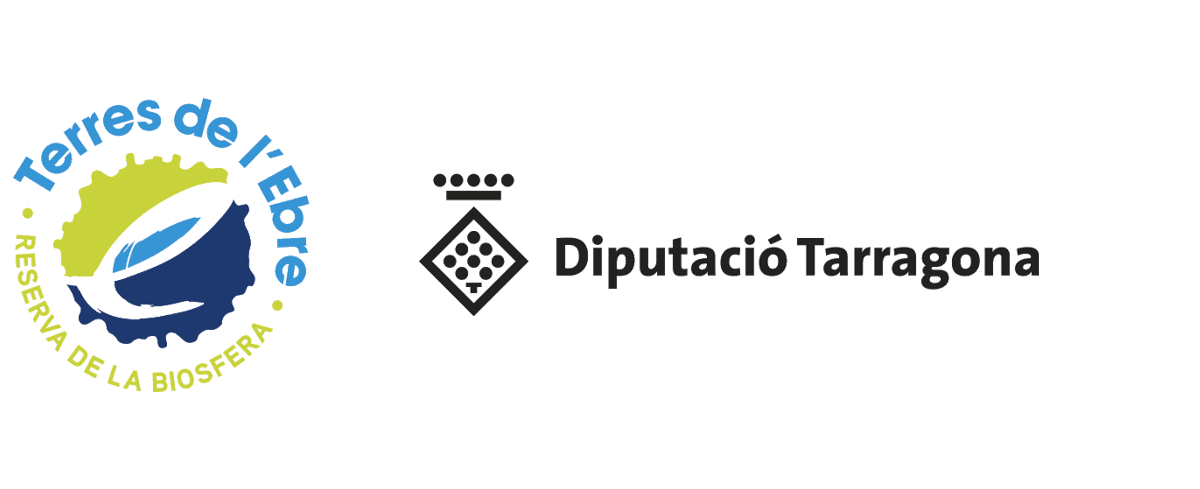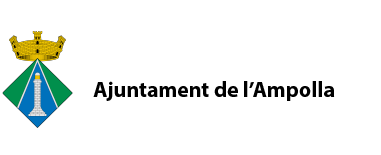Garden Birds for Schools, Bringing Birds into the Classroom
Roger Espluga, Vívian Escoda and Xavier Riera
- Carpa 2
- Catalan
- Beginnig at: 10:45h
- Ending at: 11:30h

Roger Espluga is a biologist specializing in Ecology and Biodiversity, passionate about nature, with a long career in environmental education and teaching as a secondary school teacher. He currently works at the Environmental Education Service of the Department of Territory and is a member of the coordination team of the Green Schools Network.
Vívian Escoda is a biologist with over 25 years of experience in the field of environmental education. Throughout her career, she has worked to bring science and respect for nature closer to all kinds of audiences, with a special focus on awareness-raising and social transformation. She is currently part of the Environmental Education Service of the Department of Territory and is also a member of the coordination team of the Green Schools Network.
Xavier Riera is the head of the outreach and training area at ICO (Catalan Institute of Ornithology), which involves managing a wide range of projects carried out in collaboration with both private and public entities. He is also responsible for the operation of citizen science projects such as Swallows, Garden Birds, Nests, and BiObserva, for which he also writes most of the regular news updates. Together with Marina Cuito, he coordinates all the field trips and courses organized by ICO throughout the year, aimed at bringing the knowledge and enjoyment of birdwatching to the general public in various natural spaces across Catalonia.
Roger, Vívian, and Xavier will present, during their talk, the “Garden Birds” project from the Catalan Institute of Ornithology —whose main goal is to conduct scientific monitoring of the most common urban birds in Catalonia— and, in collaboration with the Green Schools Network, have developed a learning situation titled “Garden Birds for Schools.” This learning situation is aligned with the current secondary education curriculum and aims to help students become familiar with the birds around their school environment, contribute their data to the citizen science platform, and improve bird biodiversity in schoolyards. The learning situation is structured around 13 activities, which include introductory, development, application, and synthesis tasks. These activities allow both teaching staff and students to delve into the study of birds, learning about their biology, reproduction, feeding habits, migrations, and other topics related to the Biology curriculum.











